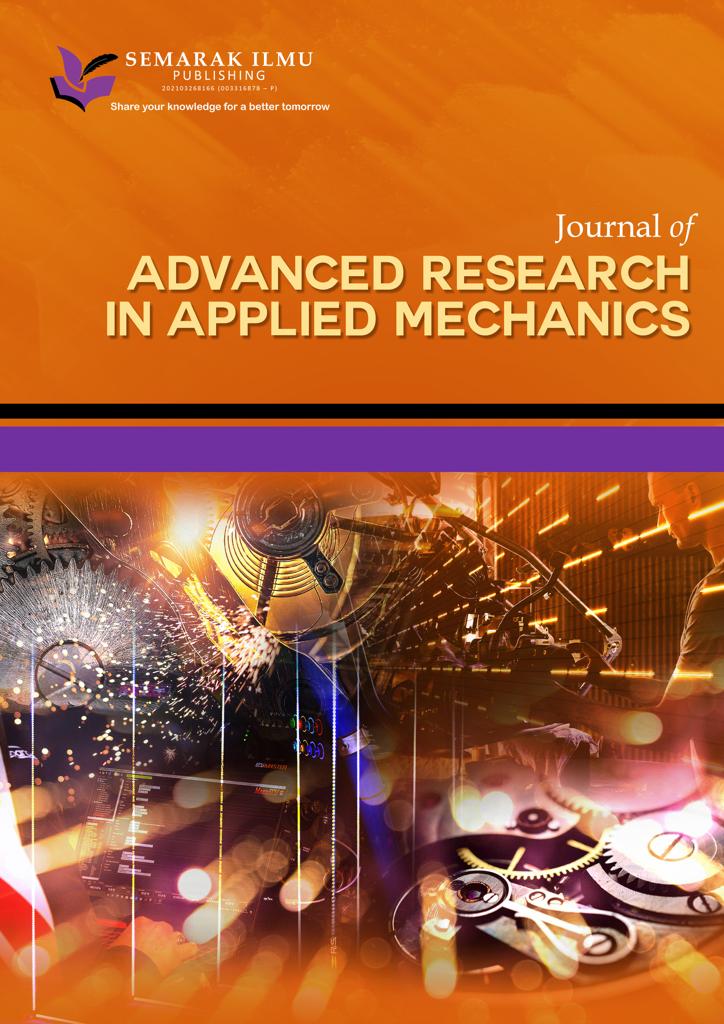Effects of Hall Current and Activation Energy on a Three-Dimensional Rotating Casson Hybrid Nanofluid Flow over a Stretched Plate in the Presence of Joule Heating and Nonlinear Thermal Radiation
DOI:
https://doi.org/10.37934/arfmts.109.1.5170Keywords:
Hybrid nanofluids, chemical reaction, stretching plate, rotation parameter, Hall current, boundary layerAbstract
Nanofluids are of great importance to researchers as they have significant uses industrially due to their high heat transfer rates. Recently, a new class of nanofluid, ‘‘hybrid nanofluid” is being used to further enhance the heat transfer rate. This new model in 3D is employed to examine the impact of magnetic field, joule heating, rotation parameter, Hall current, with nonlinear thermal radiation, on a rotating hybrid Fe3O4/Al2O3 nanofluid over-stretched plate in the presence of chemical reaction is the focus of this research. Using similarity transformations, the controlling partial differential equations are turned into a set of nonlinear ordinary differential equations. For that system of equations, the shooting method is used to generate numerical solutions. The impact of various entry parameters on transversal and longitudinal velocities, temperature, heat flow and surface shear stress are studied numerically and graphically. A good correlation between the earlier studies is obtained in specific cases showing the convergence criteria of the present procedure. Further, the physical significance of the contributive parameters is presented through graphs and tables. The observation shows that the particle concentration for the hybrid nanofluid augments the fluid velocity. Moreover, the inclusion of dissipative heat favors enhancing the fluid temperature for the involvement of the particle concentration.
Downloads



























